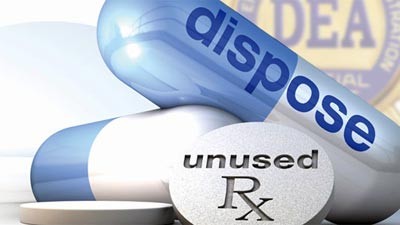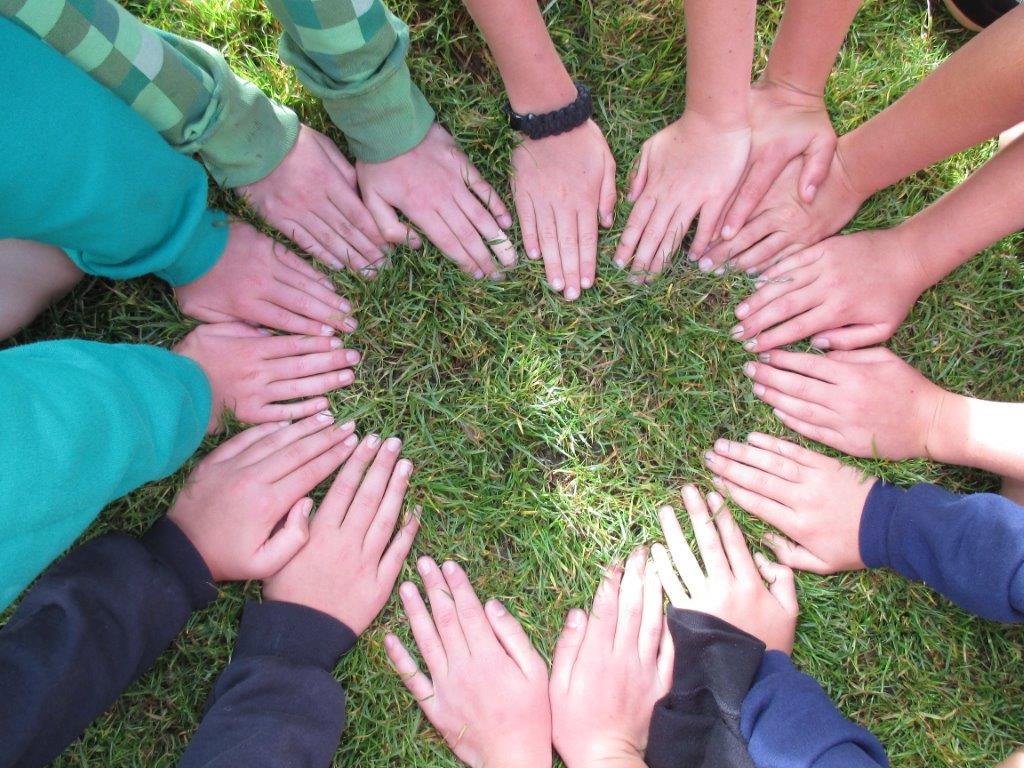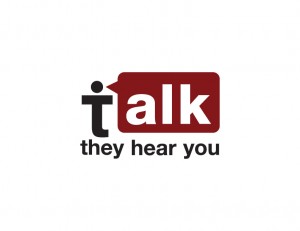As children approach their teen years, they begin to experience many emotional and physical changes, and these changes are not always easy. During this challenging time, some children may experiment with alcohol.
For most children, it is not just one thing that influences them to drink, but rather a combination of factors.1
Stress
When children worry about things like grades, fitting in, and physical appearance, they may use alcohol as a way to escape their problems.2
What You Can Do: Encourage your child to get involved in sports or other extracurricular activities as a healthier way to cope with his or her problems.
Peer Pressure
The age range between 11 and 18 is an impressionable period when youth are especially susceptible to outside influences such as peers, family members, and the media.3
What You Can Do: Help boost your child’s confidence by helping him or her learn different ways to say “no” and reminding him or her that real friends would not pressure him or her to drink.
Transitions
Life events such as transitioning from middle school to high school, breaking up with a significant other, moving, or divorce can cause children to turn to alcohol.4
What You Can Do: Reassure your child that things will get easier, and make sure he or she knows that drinking is not a solution.
Environment
If children grow up in an environment where their parents or peers drink a lot and/or view drinking favorably, they may be more likely to drink themselves.5
What You Can Do: If you choose to drink, set a good example by drinking in moderation, and make sure your child knows that underage drinking is not acceptable.
Genetics
Children who come from a family with a history of alcoholism are at an increased risk for becoming an alcoholic.6
What You Can Do: If alcoholism runs in your family, have an honest discussion with your child to make sure he or she understands the seriousness of the disease.
References
1, 2, 4 U.S. Department of Health and Human Services. The Surgeon General’s Call to Action to Prevent and Reduce Underage Drinking: A Guide to Action for Educators. U.S. Department of Health and Human Services, Office of the Surgeon General, 2007.
3 Moreno, M.A., Briner, L.R., Williams, A., Walker, L., and Christakis, D.A. (2009). Real use or “real cool”: Adolescents speak out about displayed alcohol references on social networking websites. Journal of Adolescent Health, 45(4), 420–422.
5 Bonnie, R.J., and O’Connell, M.E. (Ed.). (2004). Reducing underage drinking: A collective responsibility. National Research Council and Institute of Medicine. Washington, DC: The National Academies Press. From http://www.iom.edu/Reports/2003/Reducing-Underage- Drinking-A-Collective-Responsibility.aspx (accessed May 3, 2012).
6 West, M.O., and Prinz, R.J. (1987). Parental alcoholism and childhood psychopathology. Psychological Bulletin, 102(2), 204–218.










